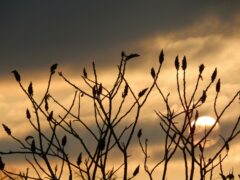
smooth sumac
Rhus glabra
This native, deciduous shrub occurs on prairies, fields, abandoned farmland, clearings and along roads and … Continued
Drought-tolerant and drought-resistant plants may still need supplemental water from time to time, but they can survive periods of dryness without dying.
Drought-resistant plants like cactus, hens and chicks, and sedums can go for very long periods without water and do not tolerate poorly drained locations. Drought-resistant tropical plants grown indoors in winter like cactus, Sansevieria, Echeveria, and other succulents sometimes fail due to overwatering.
Drought-tolerant plants grow in many textures and sizes and have different adaptations that help them get through periods of drought:
The latter two types of plants are drought tolerant once established because any new planting, regardless of drought tolerance, needs to be watered during the first growing season to allow roots to reach the depths needed to access moisture during dry periods.
It’s also important to note that survival may not mean that the plant will look its best during this time. Watering weekly for a longer period of time will result in the best-looking gardens with the highest tolerance for drought. During the hottest, dryest times in summer, watering deeply twice a week is recommended. These less frequent waterings will encourage root systems to expand, making it easier for plants to access moisture when their environment is dry.
Winter drought has become a bigger problem in recent years as snowfall declines. Evergreen plants are especially vulnerable during winter drought because their foliage continues to shed moisture while dormant deciduous plants have shed their leaves and can conserve moisture in woody stems and underground. Watering shrubs and trees in winter on days when the temperature allows (above freezing) will help ensure their healthy return in spring.
Here are some drought-tolerant and drought-resistant plants to grow—

Rhus glabra
This native, deciduous shrub occurs on prairies, fields, abandoned farmland, clearings and along roads and … Continued
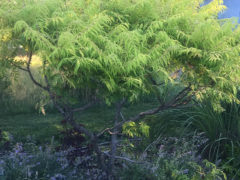
Rhus typhina
Grows in any well-drained soil in full sun to part shade. Tolerant of urban conditions. … Continued
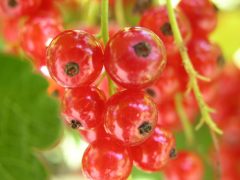
Ribes rubrum
Outstanding variety with clusters of bright red berries of good quality. Vigorous, disease resistant and … Continued
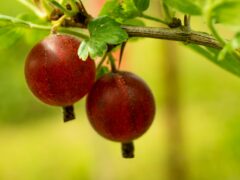
Ribes uva-crispa/hirtellum
Gooseberry cultivars can be American or European. Fruit from the American cultivars are smaller but … Continued
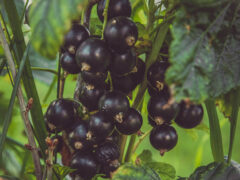
Ribes nigrum 'Consort'
Black fruit on medium-long clusters has a sweet, strong, musky flavor. Used for jams, jellies, … Continued
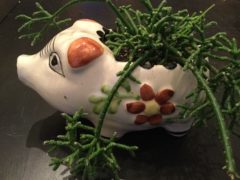
Rhipsalis cereuscula
Native to South America, this plant is lives in the understory of the forest where … Continued
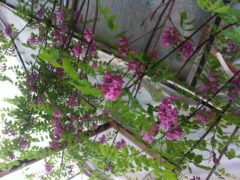
Robinia pseudoacacia
‘Purple Robe’ is a poor soil and drought tolerant, deer resistant, and fast-growing native tree … Continued
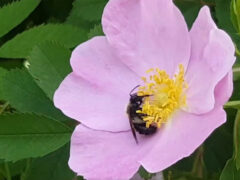
Rosa carolina
Two to three-inch wide bright pink flowers with yellow centers open in early summer on … Continued
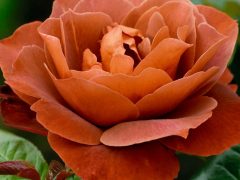
Rosa hybrid
Pointed buds of deep rust open to velvety chocolate blooms with a slightly purple cast and … Continued
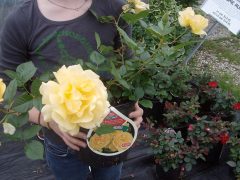
Rosa hybrid
Gorgeous yellow blooms have a mild licorice scent. Buttery golden yellow 4″ blooms (petals 20+) … Continued
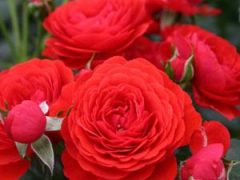
Rosa hybrid
A new spin on an old favourite, this repeat bloomer produces abundant, double blooms up … Continued